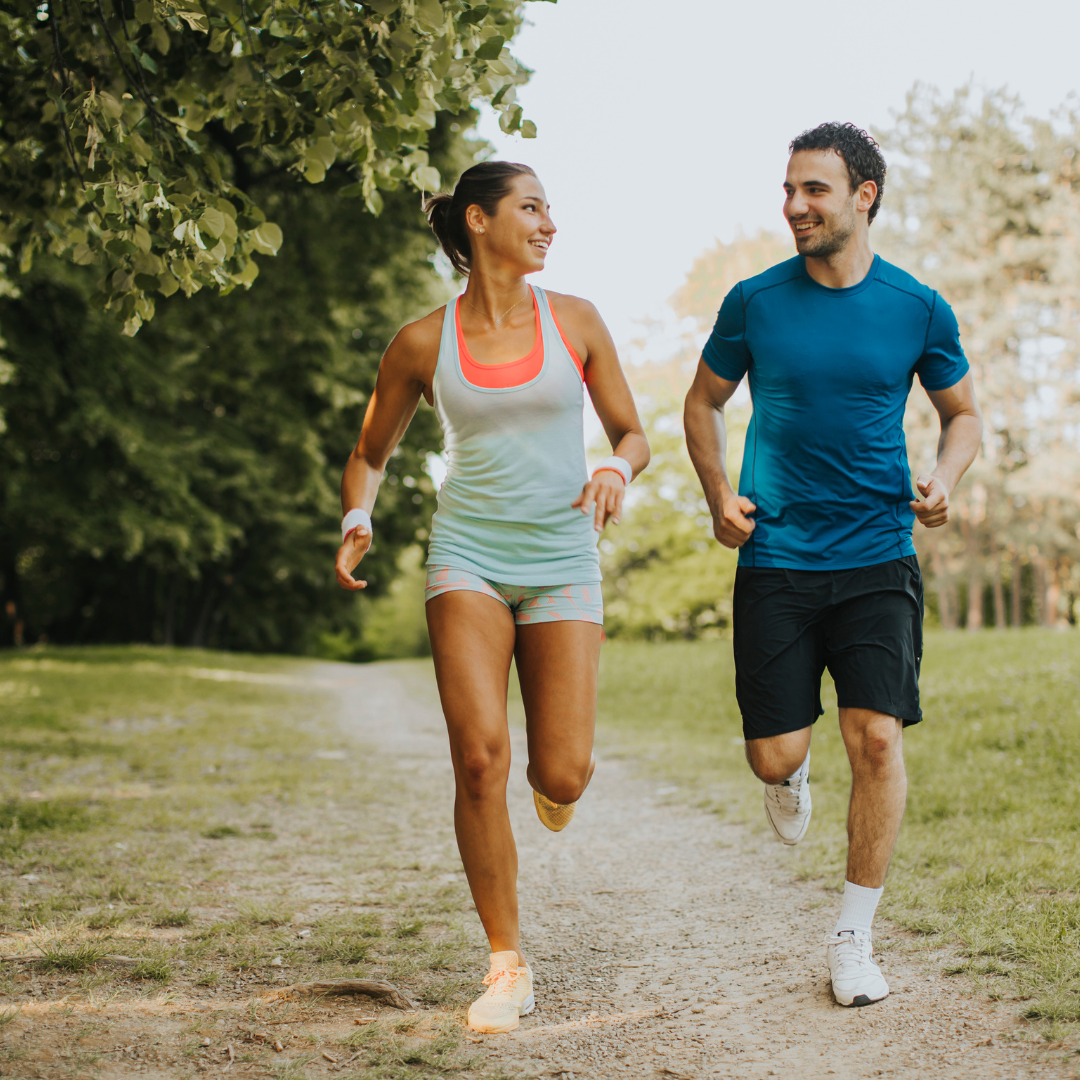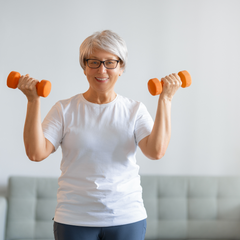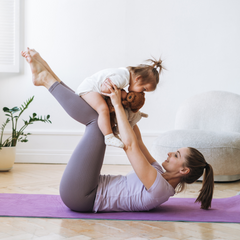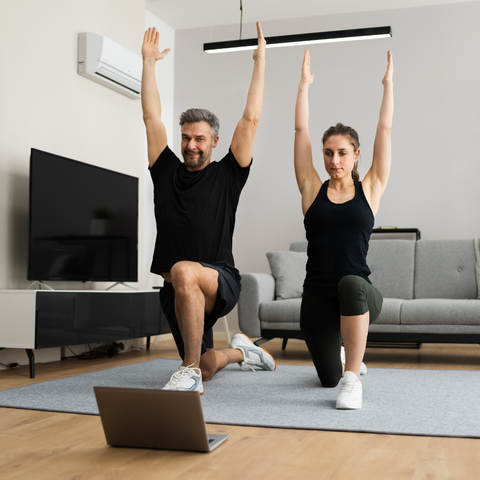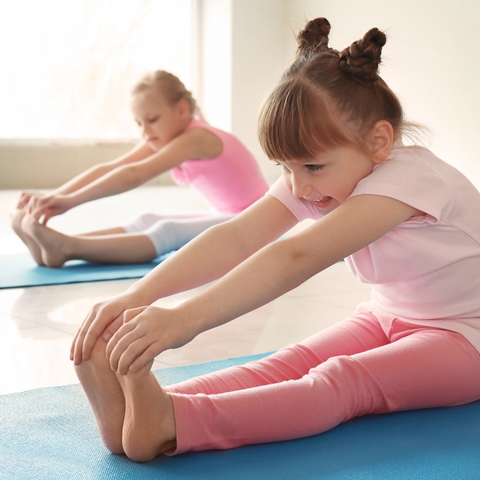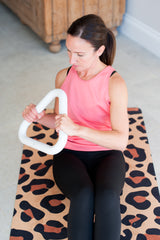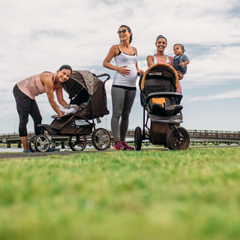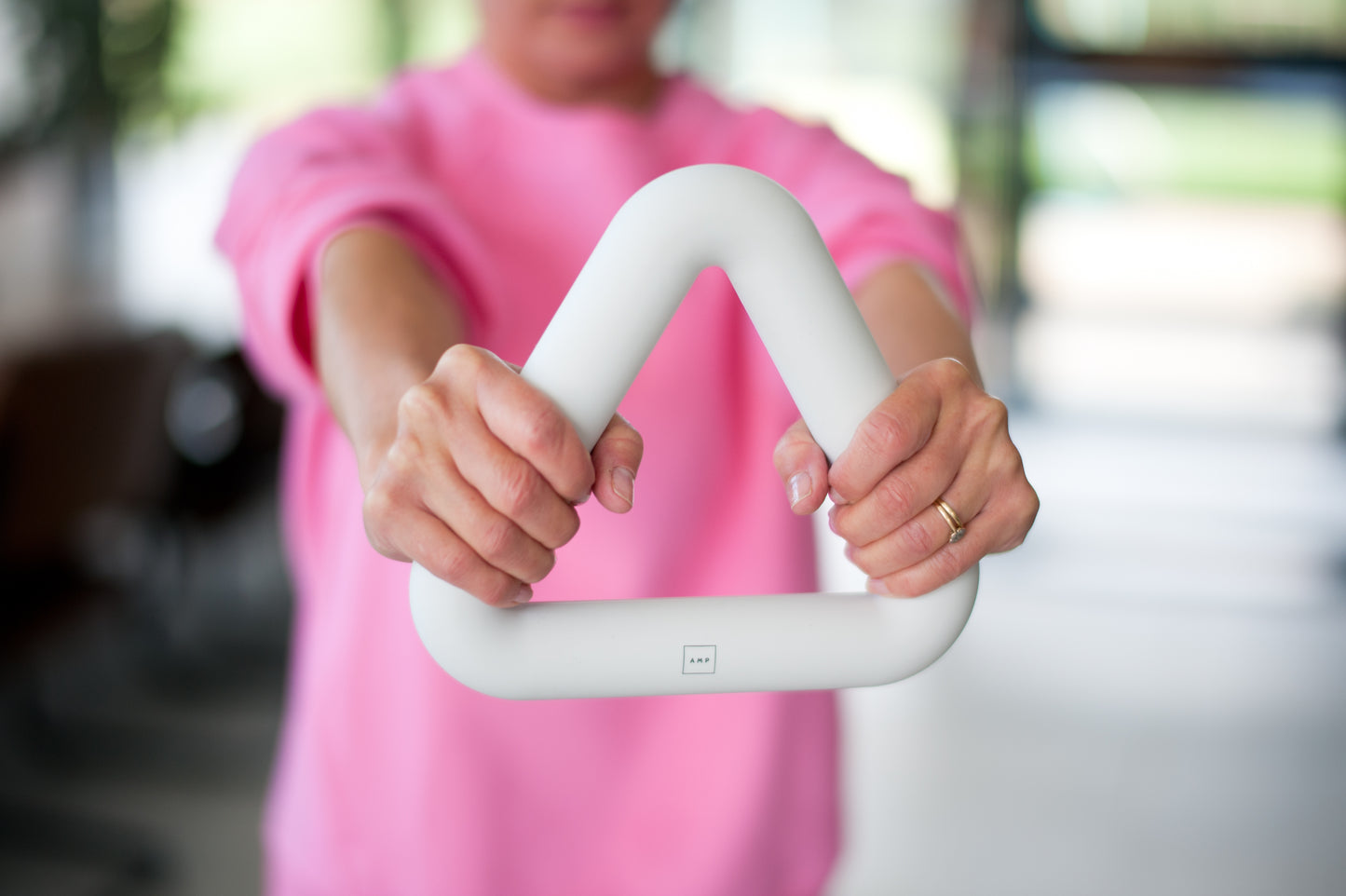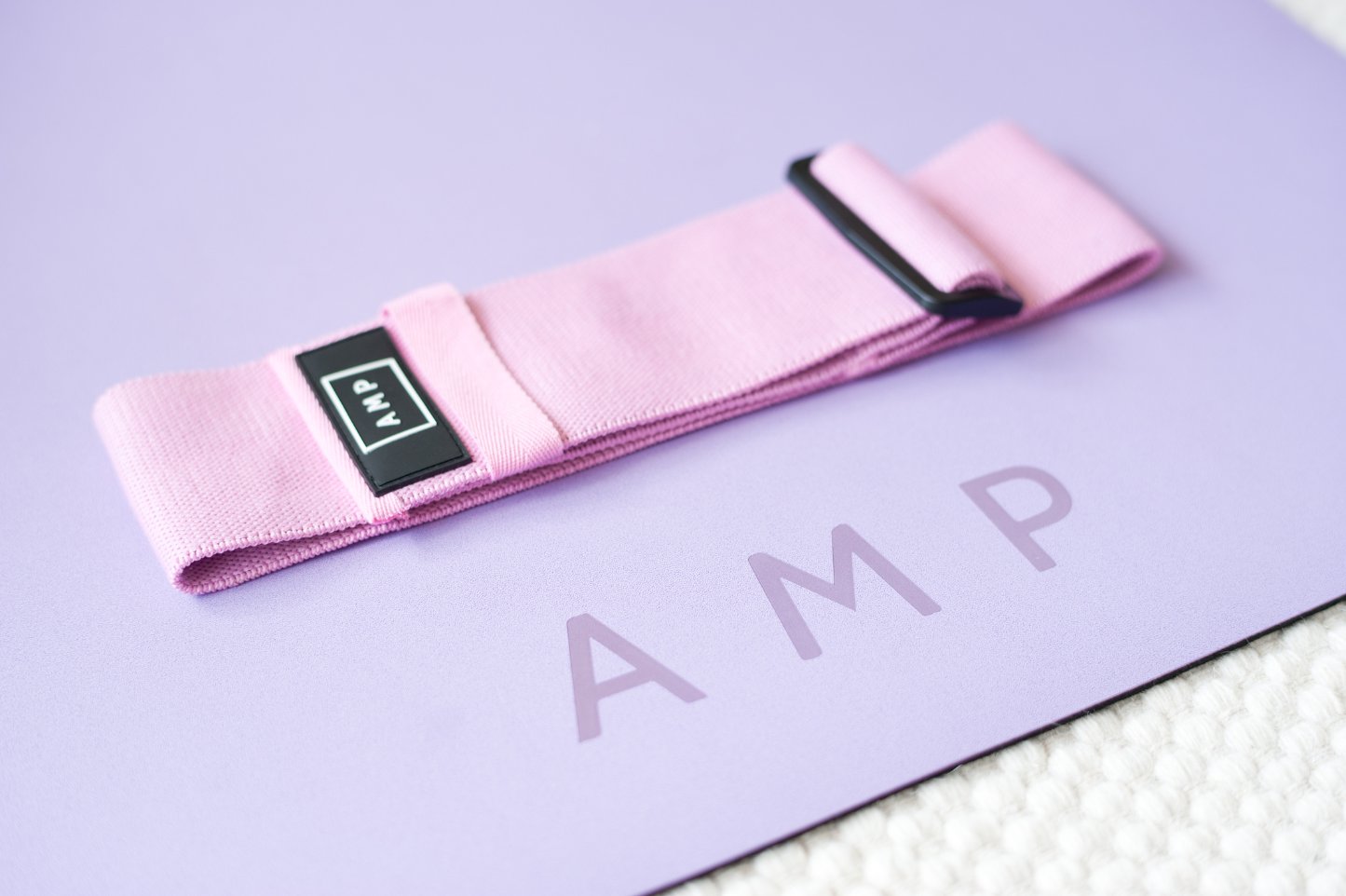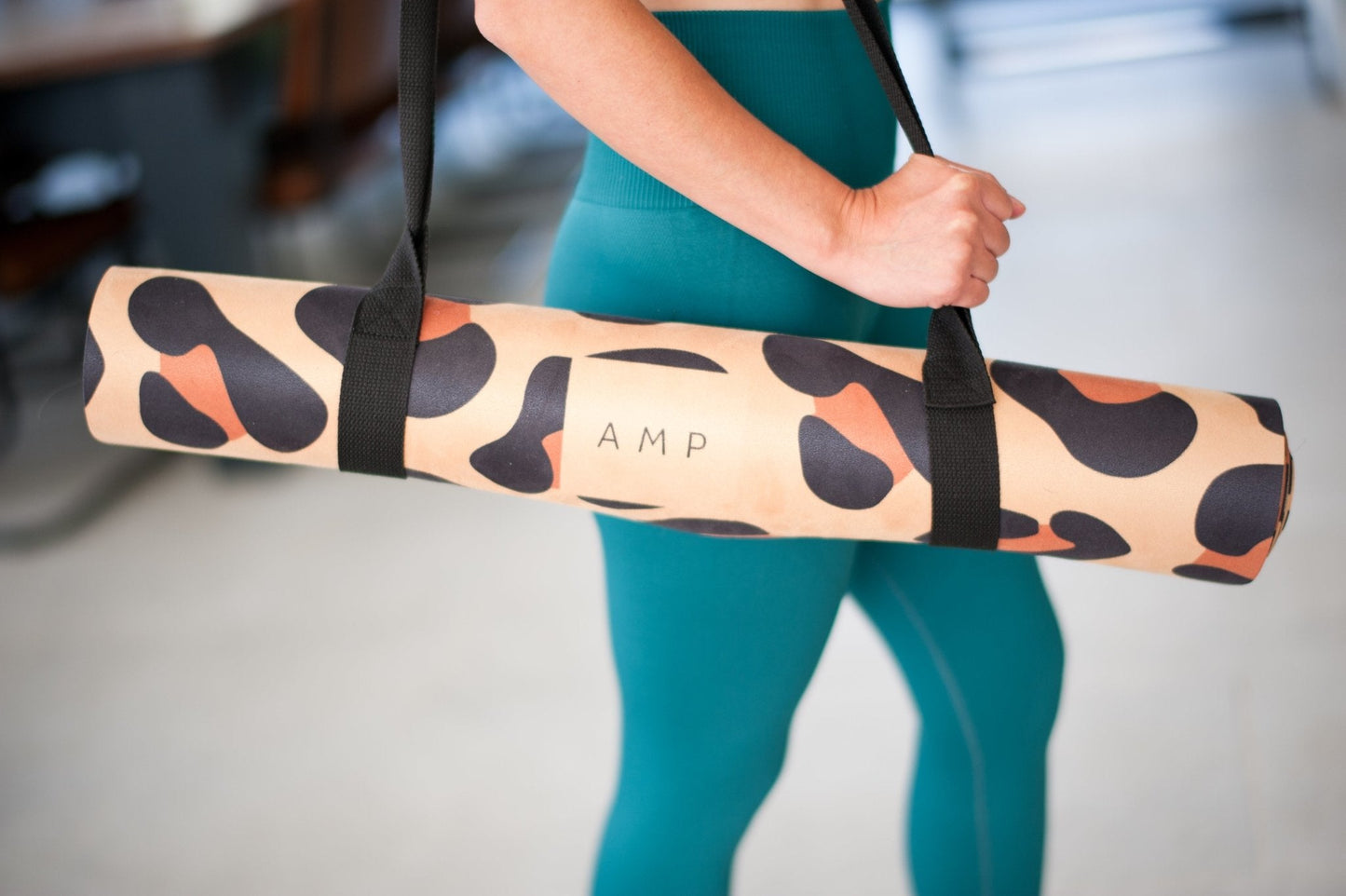Having strong, toned arms can significantly boost your appearance and body confidence. With summer in full swing and shorter sleeves becoming the norm, you might be wondering how to tone your arms quickly and effectively. Achieving those sculpted arms doesn't have to be a daunting task, and with the right exercises, you can see progress in no time.
Don't worry, we've got you covered! Here are some highly effective exercises to include in your at-home arm workouts. For the best results, repeat each exercise for three sets of 12 reps, and don't forget to rest between sets to allow your muscles to recover and grow stronger.

1. Bicep curl
This classic exercise targets your biceps on the front of your upper arm. It's a simple yet powerful movement that can help build strength and definition in your biceps.
How to do it:
- Stand with your feet hip-width apart to maintain balance and stability.
- Hold a dumbbell in each hand at your sides, with your palms facing forward to engage your biceps fully.
- Keep your arms tucked into your sides and bend your elbows to bring the weights up to your shoulders, ensuring you feel the tension in your biceps.
- Lower back down slowly and repeat the movement, focusing on controlled, smooth motions.
2. Triceps kickback
This exercise targets your triceps, located at the back of your upper arm. Triceps kickbacks are essential for stabilizing your shoulders and supporting movements involving arm extension.
How to do it:
- Stand with your feet hip-width apart and a dumbbell in each hand at your sides, palms facing each other for a neutral grip.
- Bend your knees slightly and hinge forward at the waist to create a stable base.
- Keep your arms close to your sides, straighten your arms, and push the dumbbells backward, squeezing your triceps at the top of the movement.
- Hold the position briefly, then slowly bring your arms back to the starting position.
- Repeat, ensuring you maintain good form throughout.
3. Chest press
Chest presses target multiple upper body muscles, including your triceps, pectorals (chest muscles), and deltoids (shoulder muscles). This exercise is great for building overall upper body strength.
How to do it:
- Lie on an exercise mat with your knees bent and feet flat on the ground to support your lower back.
- Hold a dumbbell in each hand with your palms facing the floor, ensuring you have a firm grip.
- Bend your elbows to a 90-degree angle and hold the dumbbells wider than your chest.
This is your starting position.
Keep your elbows bent and push the dumbbells up until your arms are straight, but don't lock your elbows to avoid strain.
Slowly lower back to the starting position and repeat, focusing on controlled movements.
4. Front and lateral raises
Lateral raises work your shoulder muscles and triceps, while front raises target shoulder and chest muscles, as well as your biceps. These exercises are excellent for building shoulder definition and strength.
How to do a lateral raise:
- Stand with your feet hip-width apart and a dumbbell in each hand at your sides, palms facing your body.
- With your elbows slightly bent, raise your arms parallel to the floor, feeling the tension in your shoulder muscles.
- Slowly lower to the starting position and repeat, ensuring you maintain good form.
How to do a front raise:
- Start in the same position as a lateral raise, but hold your dumbbells in front of your legs with palms facing your thighs.
Keep your arms straight and raise them in front of you until they are parallel to the ground, engaging your shoulder and chest muscles.
Return to the starting position and repeat, focusing on smooth, controlled movements.
The perfect arm workout accessories
Ready to get started with your arm toning journey but don't have the right equipment? Our 4kg and 5kg pair (2kg and 2.5kg per bar) dumbbell strength bars are perfect for the exercises listed above. They are easy to hold and add just the right amount of resistance to help tone, sculpt, and strengthen your arms effectively.
If you're just starting out and looking for something lighter, try our 3kg pair (1.5kg per bar) Pilates and fitness bars. These are also easy to hold and can help you achieve toned, lean arms without overwhelming your muscles.
Let us know how you get on with these exercises and accessories; we'd love to hear what you think and see your progress!
What are your favourite arm exercises? Tell us in the comments below and share your tips and experiences with our community.



















